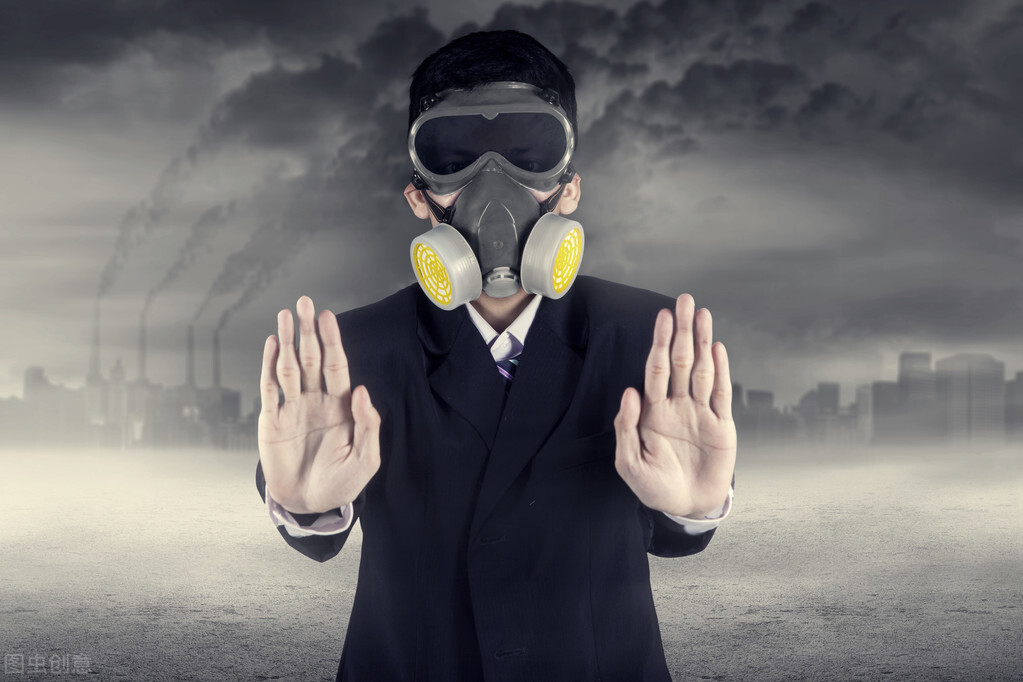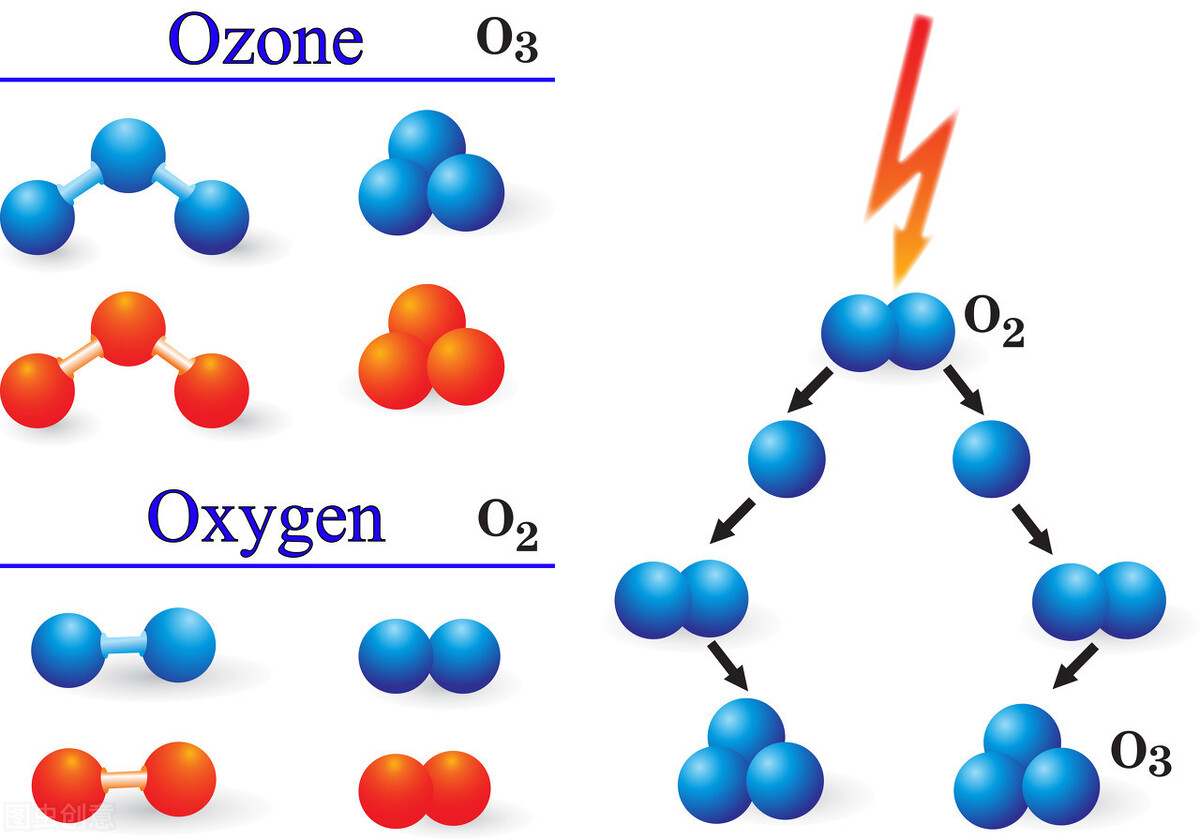The working principle and effect of ozone deodorization
With the rapid development of various industries in society, our living environment is also polluted by various kinds of pollution, among which is the unbearable gas pollution. Gas pollution has been recognized as a typical environmental hazard by countries all over the world, and many developed countries have already considered it As a single-listed public hazard, conduct industry research and implement special legislation to prevent it.
At present, the main methods of controlling malodor at home and abroad are: 1. Direct combustion method; 2. Catalytic oxidation method; 3. UV catalytic photolysis method; 4. Activated carbon adsorption method; 5. Chemical spray method; 6. Biodegradation method, etc. Wait. However, to varying degrees, there are problems such as high equipment investment, high operating costs, small processing gas volume, unstable work, low deodorization efficiency, and secondary pollution. We all know that ozone sterilization is very effective. So can ozone remove odors? We may not be very clear about the effects and principles of ozone deodorization. Ozone is a unique gas that is colorless at room temperature and has a special grassy smell. It has strong oxidizing power but extremely poor stability. Ozone can be decomposed into oxygen at room temperature. By mixing it in a thin state in the atmosphere, ozone has a larger specific gravity than oxygen, has a special smell, is easily soluble in water, and is easily decomposed, and ozone has absolutely no secondary pollution. Advantages of ozone technology application.
The principle of using ozone to deodorize is actually the same as the principle of ozone sterilization, all due to the strong oxidizing property of ozone. The main components of polluting gas exhaust gas are ammonia, hydrogen sulfide, mercaptans, sulfides, phenols, amines, amides, indole, alkanes, alkenes, alkynes, aromatic hydrocarbons, alcohols, aldehydes, ketones, and organic acids (VOC ), inorganic substances, of which the amount of ammonia is large, followed by hydrogen sulfide (hydrogen sulfide is the main component of malodor). Ozone produces non-toxic and odorless substances by destroying the molecular structure of substances that produce bad smells. Because the oxygen (primary oxygen) generated in the ozone decomposition process has a strong oxidizing effect, it can decompose the odor and mixed vicious gases generated during the decomposition of organic pollutants in a short time to become stable. Odorless air.
Because ozone deodorization relies on the reaction of high-concentration ozone gas with substances that produce odors, and the production of ozone is directly produced by using air as raw material, purified by oxygen, and then generated by high-voltage electric shock, so the cost of using ozone to deodorize Extremely low. Some deodorants use some deodorant liquids, but they are all consumables and the long-term use cost is very high. Therefore, ozone deodorization has the advantages of more efficient, more thorough, and lower cost compared with other deodorizing methods.

